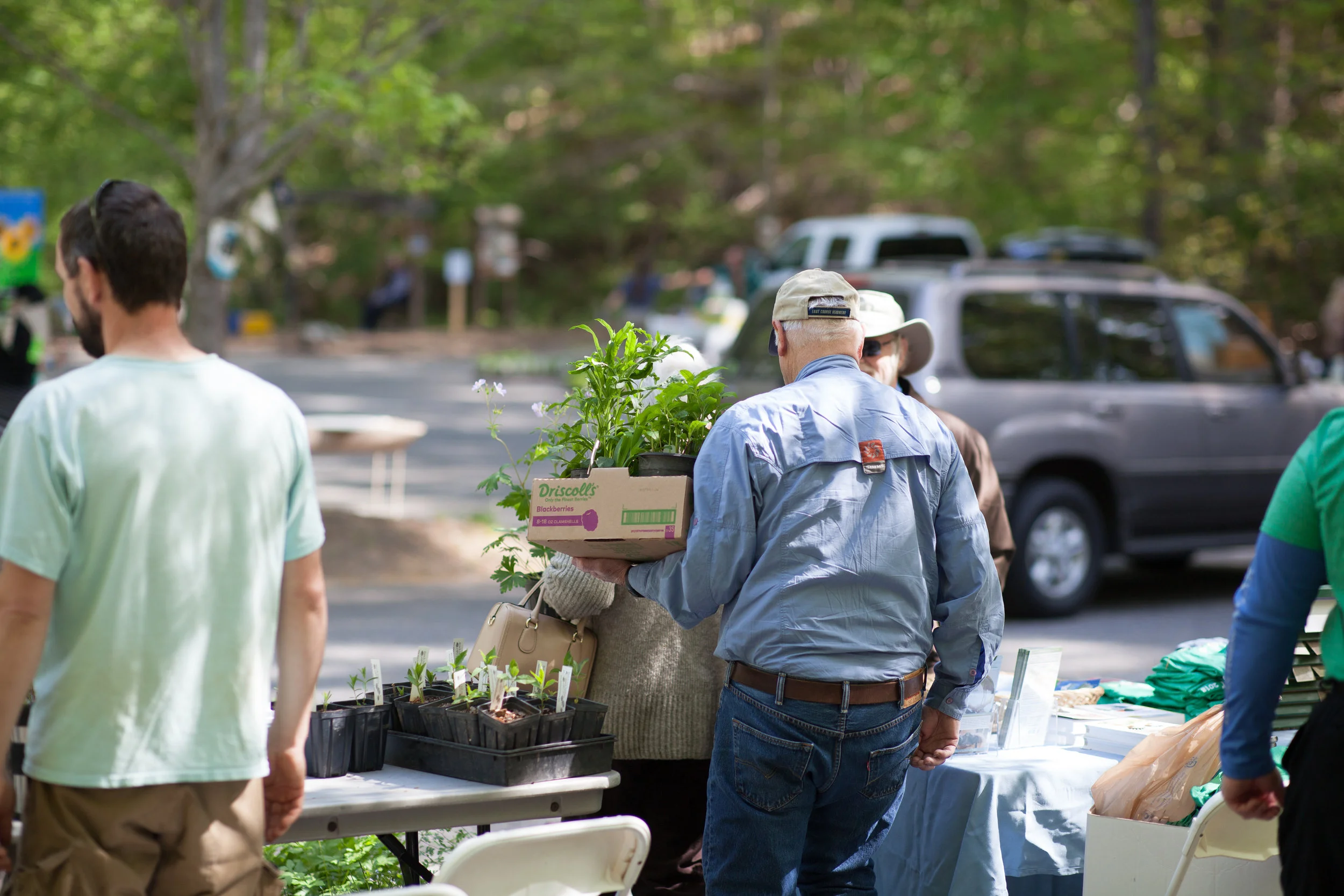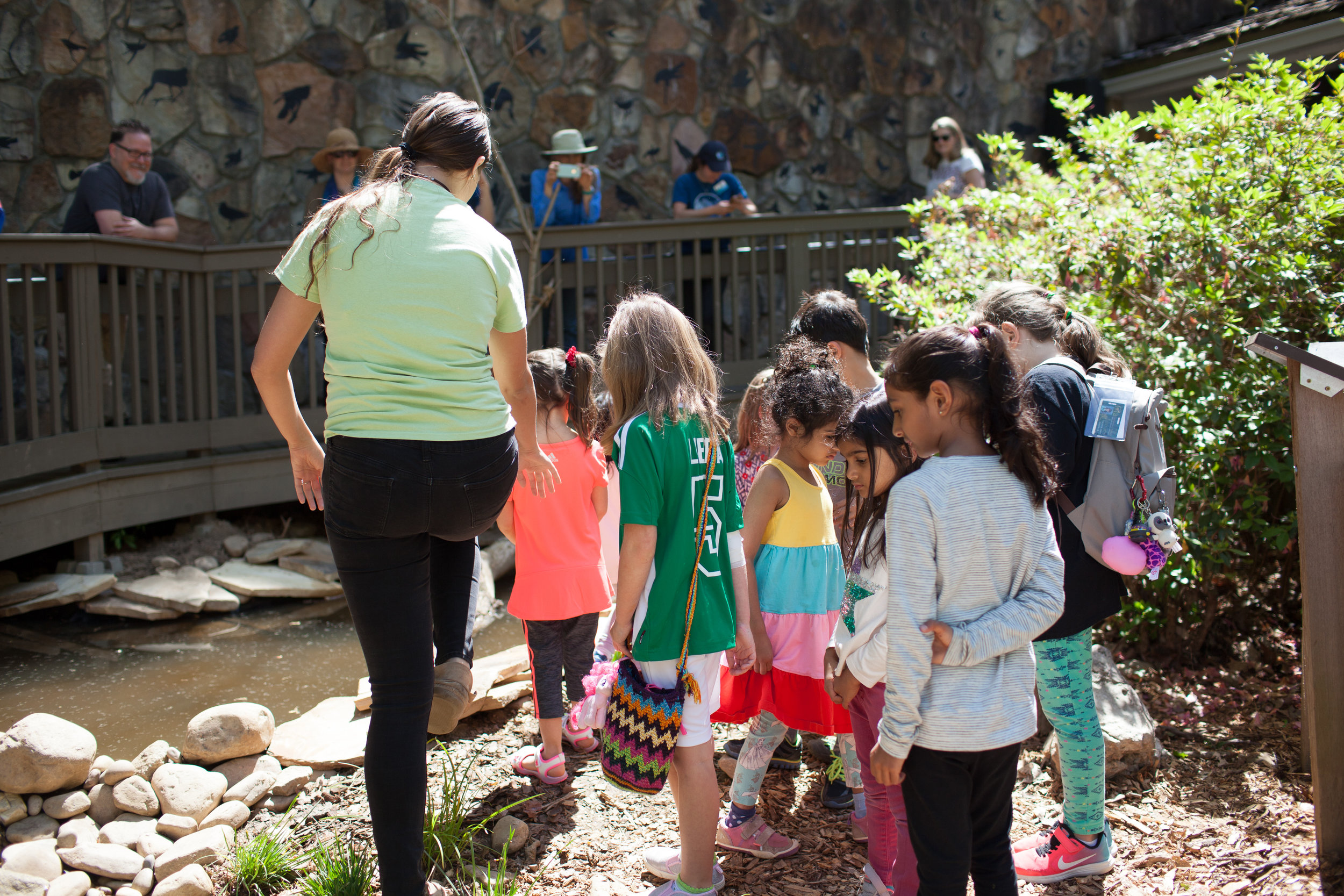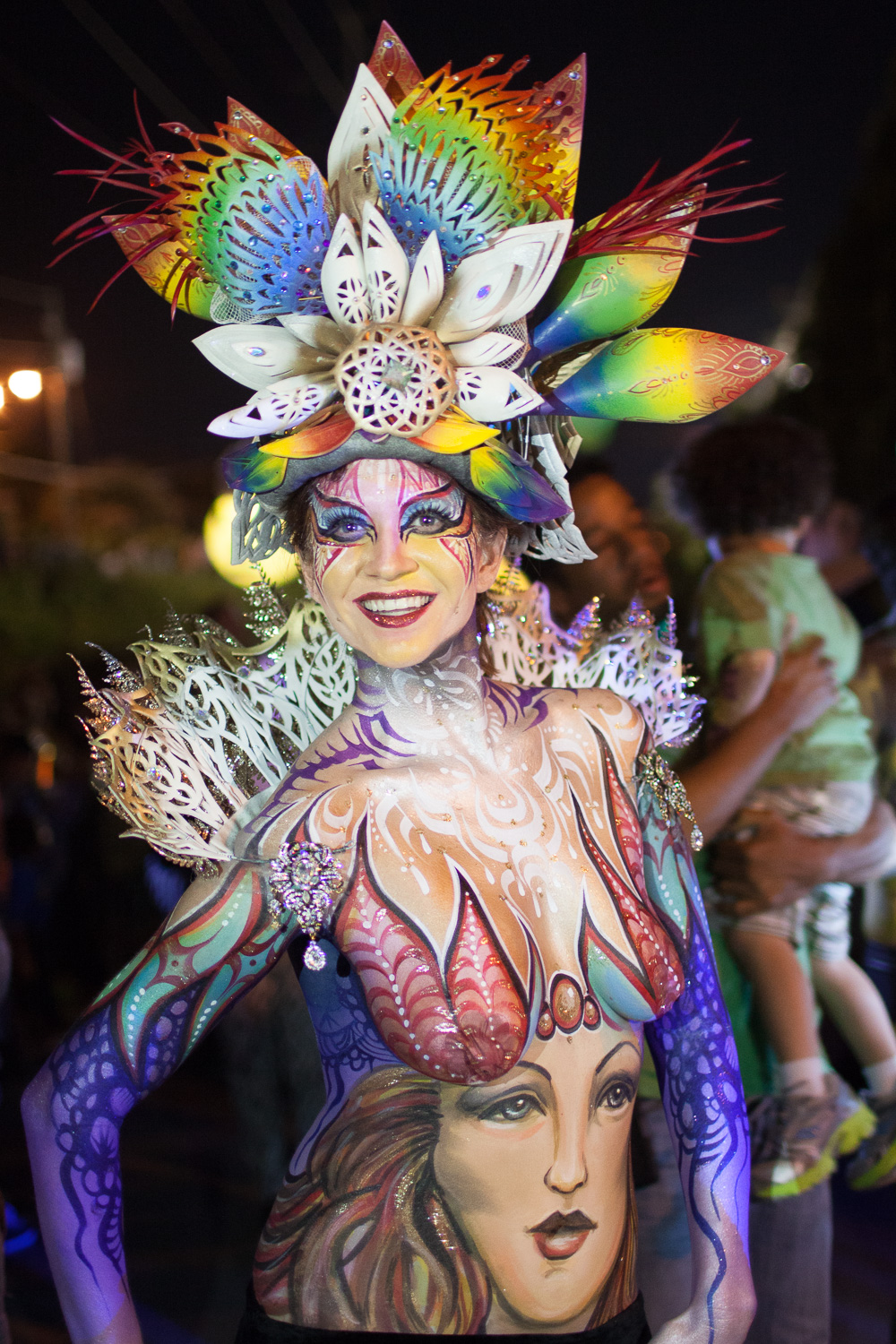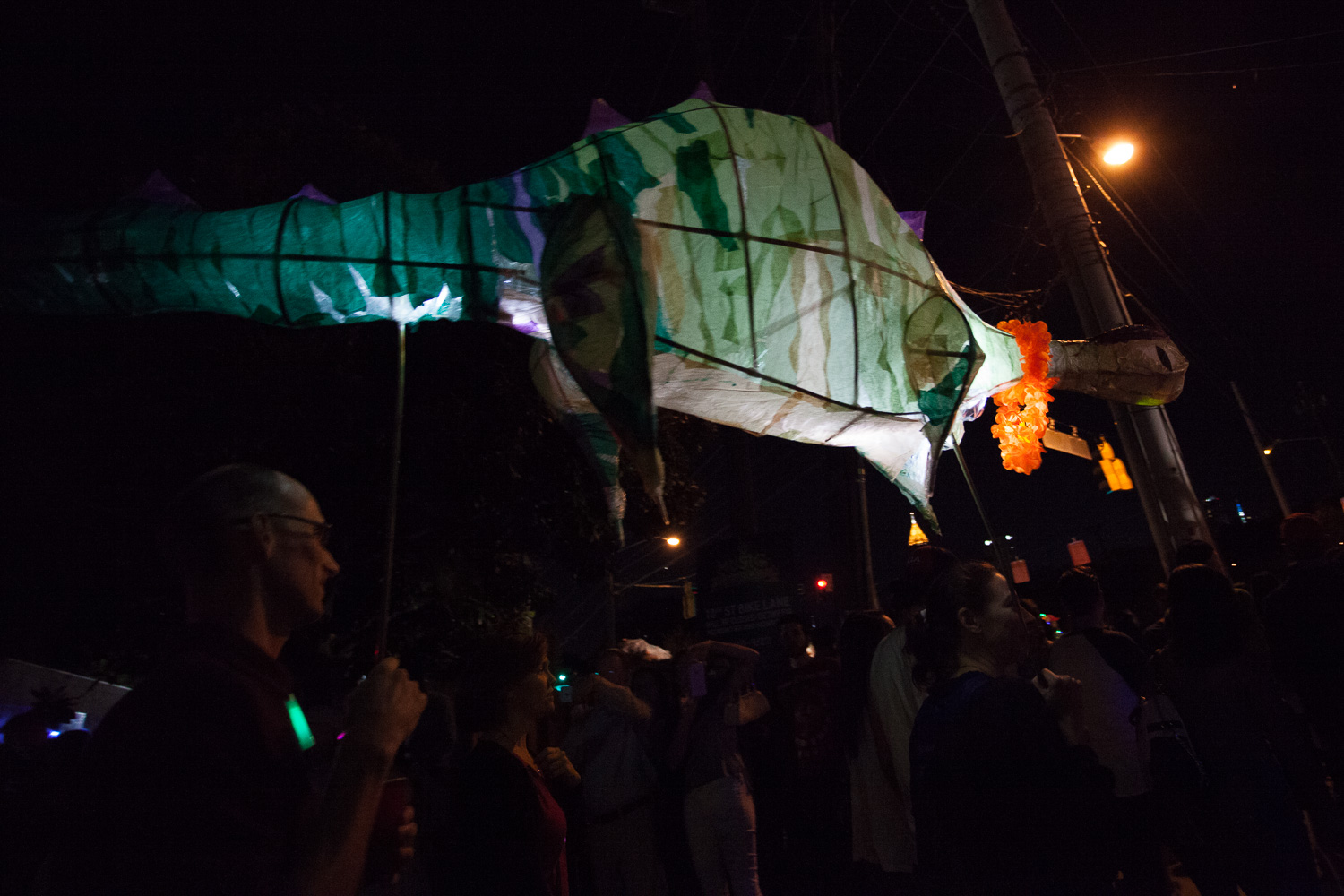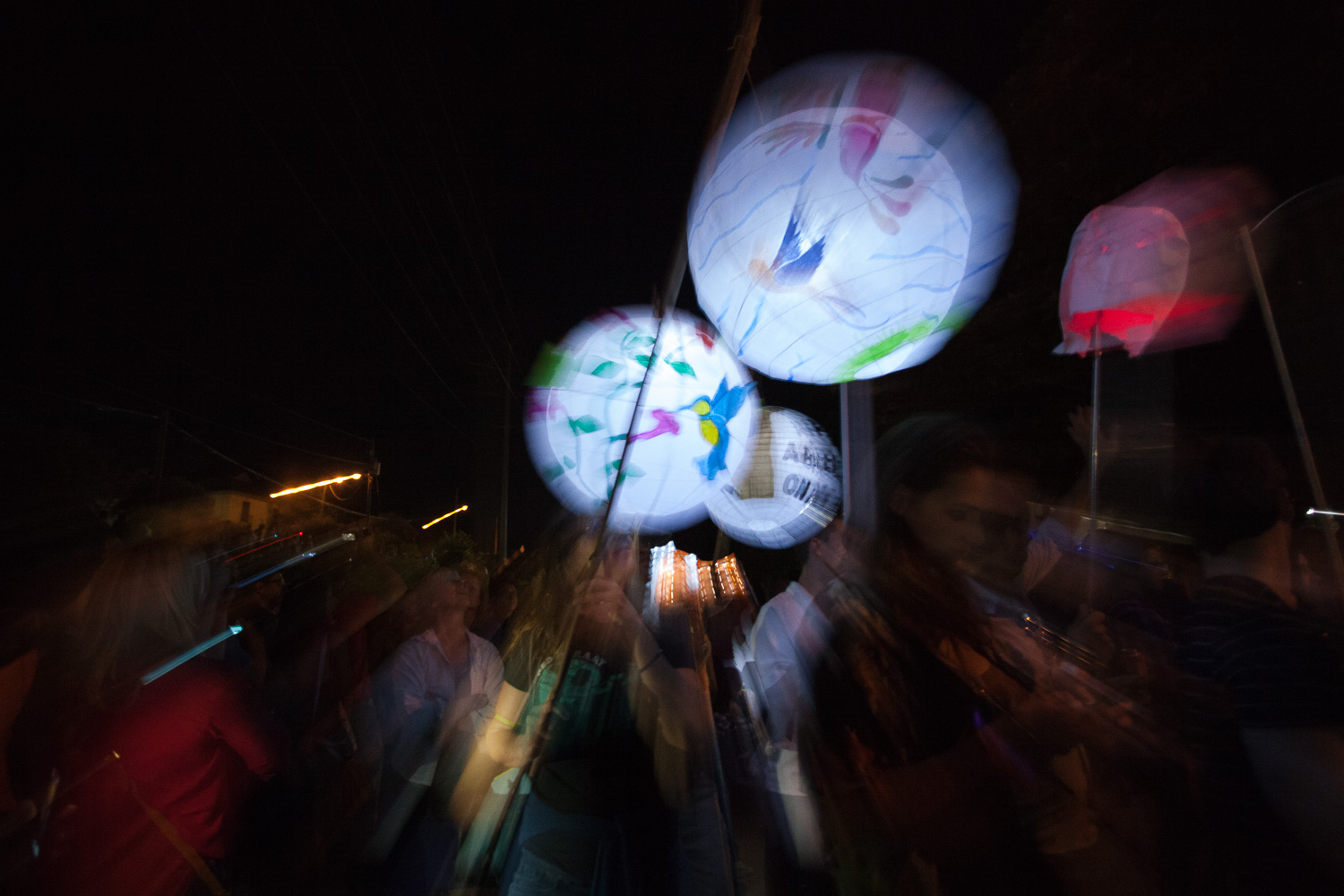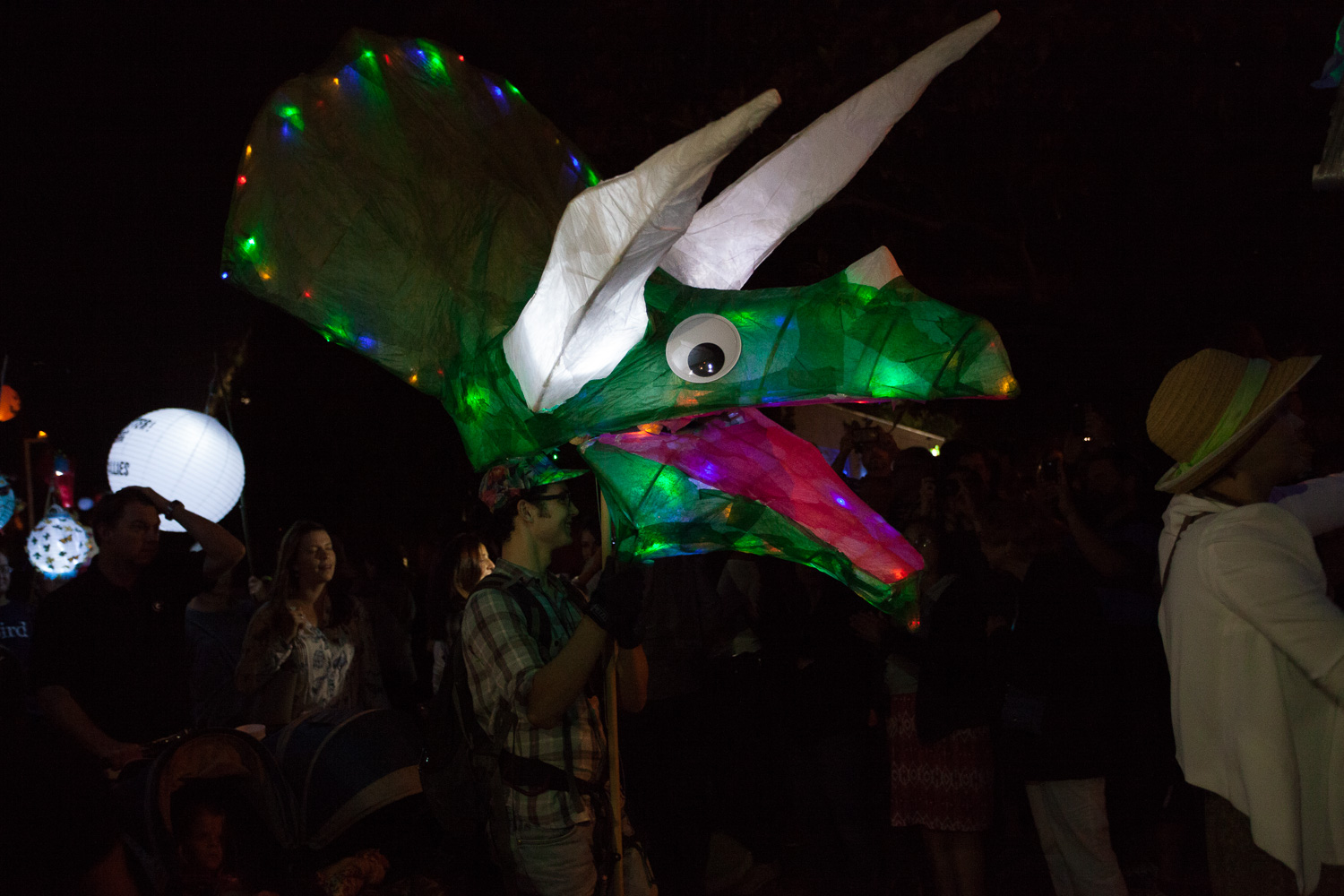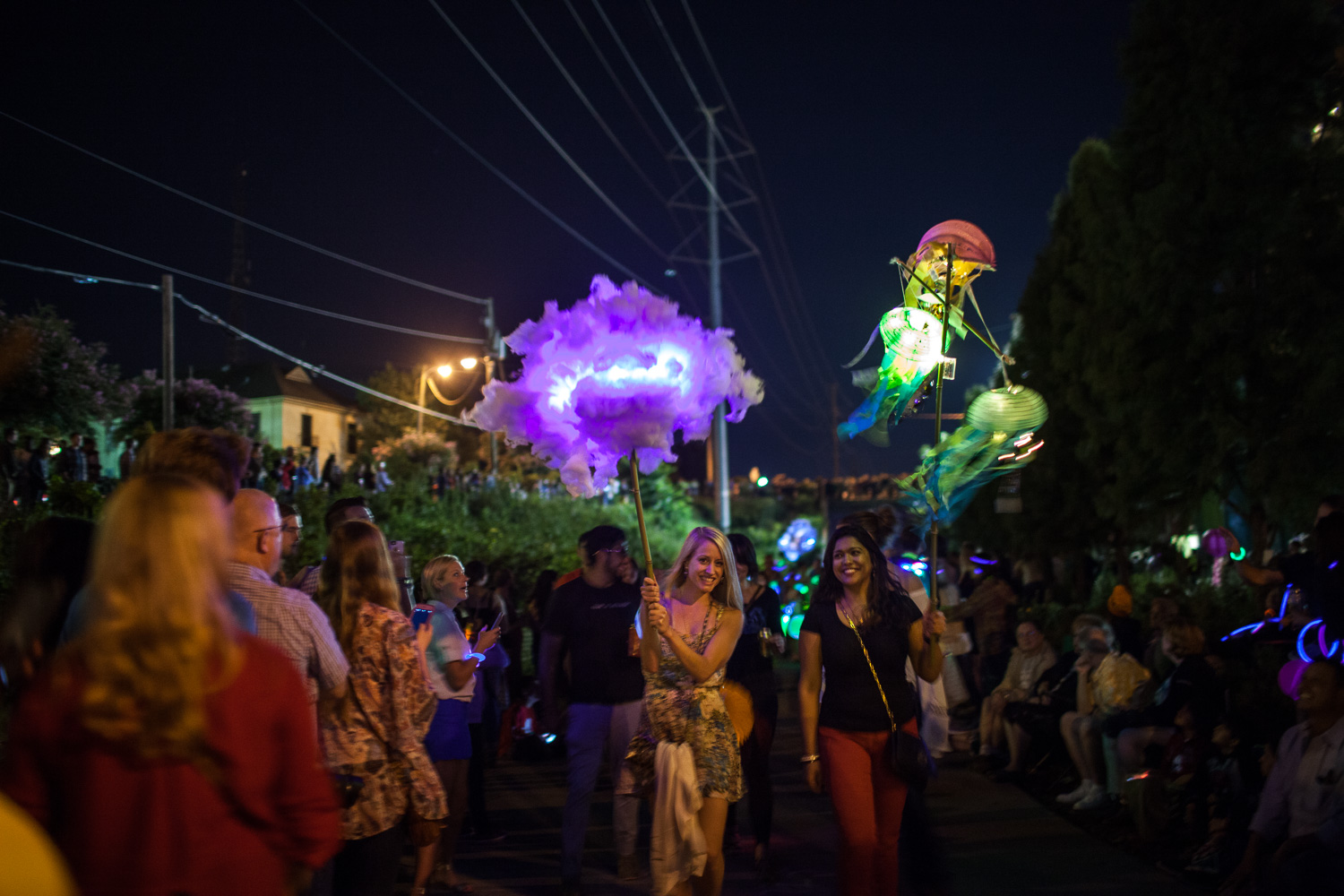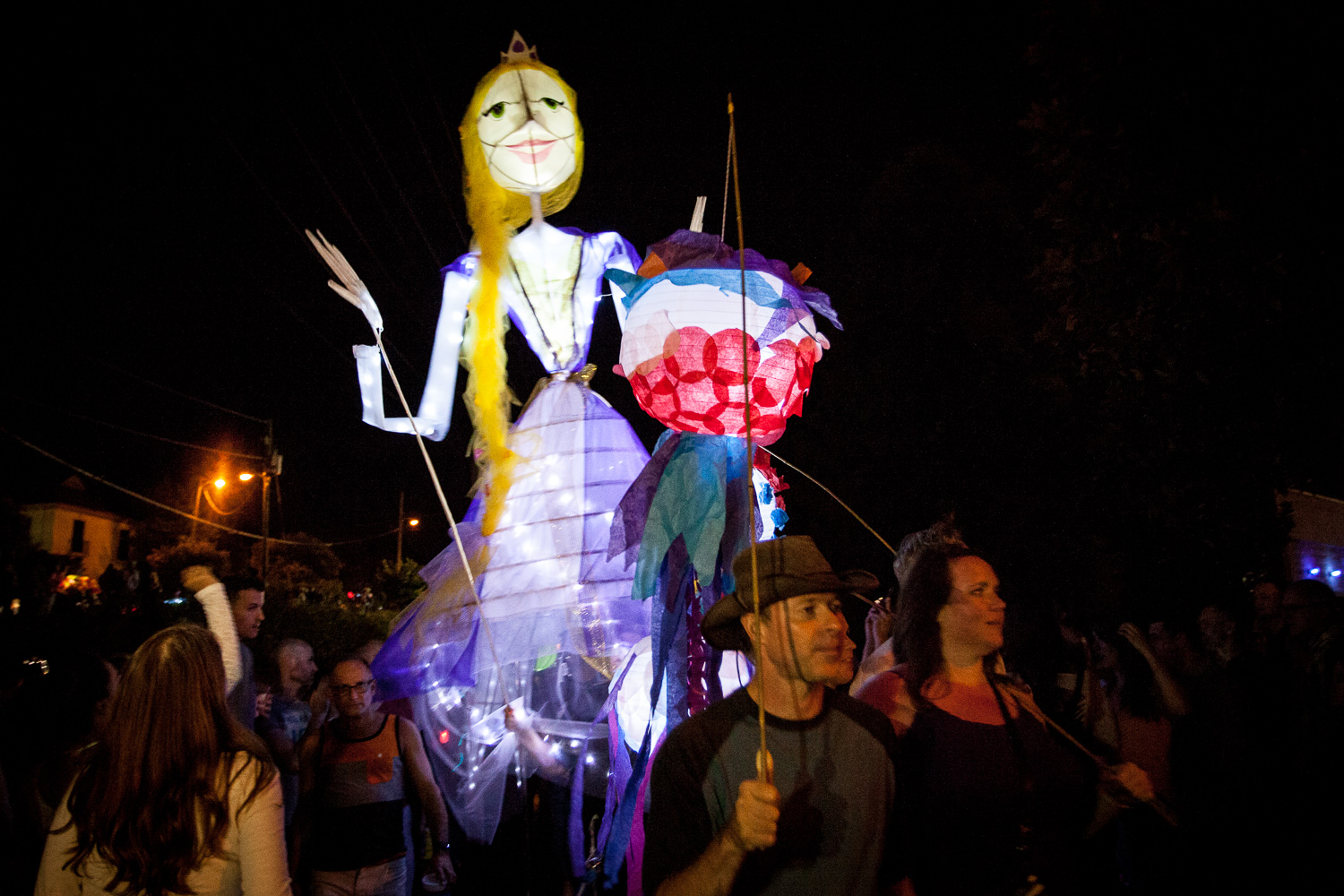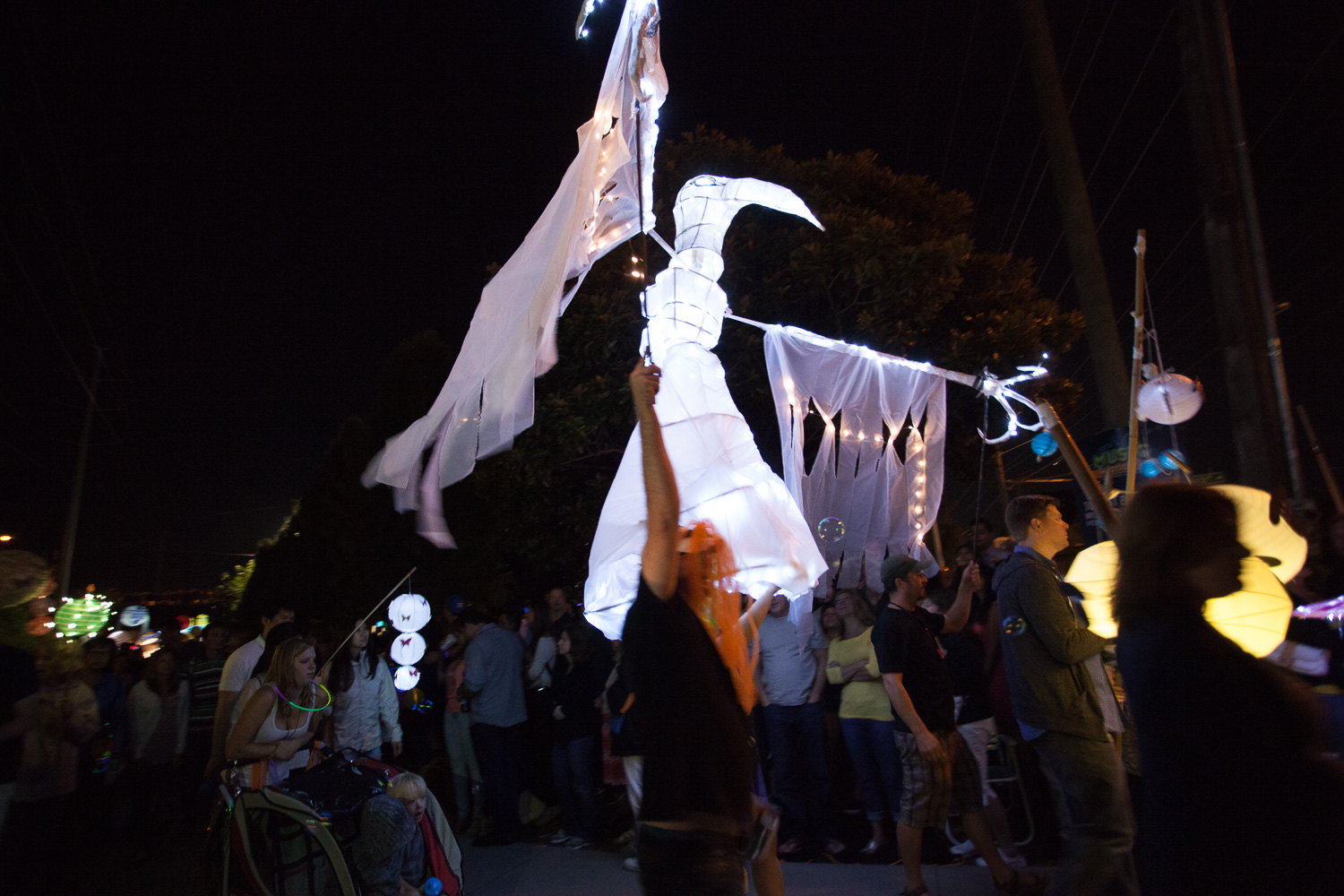Scenes from a Brief Stopover in Ogunquit, Maine
Departing from Kennebunkport, the next stop on the road trip to Maine was Ogunquit. This small town is known for its beaches and seascape views.
Ogunquit (pronounced "Oh-gun-kwit") means "beautiful place by the sea" in the indigenous Abenaki (Native American) language. A few photos from this sea-side town are below.
Walking in Ogunquit. The main beach on the Atlantic Ocean is beyond the tree line; here, people are enjoying the little cove next to Beach Street.
View of the cove across the Beach Street bridge (far right).
Ogunquit Beach Lobster House.
Detail on an Ogunquit storefront.
Ice cream stores are very popular in the summer time in Maine.
Rose Cove Restaurant in Ogunquit, ME. This is where I had lunch. Recommended lunch meal: fish tacos.
The Bread & Roses Bakery in downtown Ogunquit. Recommended stop for tasty treats and/or coffee.
A lot of pride in Maine.
Marginal Way
If you make your way to Ogunquit, ME, then Marginal Way is a must-see destination. Marginal Way is one of New England's only paved (and public) shoreline footpaths. It spans a little more than a mile long, connecting Ogunquit Beach to Perkins Cove to the south. Incredible sea views abound on this stroll. There are multiple entrances to the Marginal Way path, including one that leads to a "secret" beach. The land for Marginal Way was donated to the town of Oqunquit in 1925 and a non-profit organization was set up in 2010 to protect Marginal Way for future generations to enjoy.
One of the entrances to get to Marginal Way.
A view from Marginal Way in Ogunquit, ME.
Paddleboarders enjoying the Atlantic Ocean in Ogunquit Beach.
A tree grows on the Marginal Way path.
If you want to avoid the hustle and bustle of central Ogunquit Beach, head about a half mile on Marginal Way to discover this "secret" beach.
Flowers are plentiful on Marginal Way. Gorgeous.
Perkins Cove and Perkins Cove Drawbridge
From center of town, I drove a few miles south toward a picturesque area of town nestled on Perkins Cove. Here, there are quaint shops and a wonderful drawbridge with amazing views in both directions.
Walking up the Perkins Cove drawbridge.
View from Perkins Cove drawbridge toward Ogunquit (looking Northwest).
View from Perkins Cove drawbridge toward Perkins Cove/Atlantic Ocean (Southeast)
Quaint storefronts in the Sandy Cove part of Ogunquit, Maine.
Ending the photo set with a mystery: what is the inspiration/clue behind this CONFIDENCE sign? Is it in reference to someone or some event?
If You Go
If you decide to visit Ogunquit, ME, I recommend parking your car away from the beach (there is $20 parking there and it's cheaper in the center of town; one example: the large lot at Blacksmiths Mall antique store charges only $5 for all-day parking) and walking your way around this town. Walking from center of town to the beach to Marginal Way shouldn't take more than two hours round trip (about three miles), even if you make a few stops along the way.
As for dining options: Amore for breakfast, La Orilla Tapas or Rose Cove for lunch, and Backyard or Bread & Roses Bakery for snacks or coffee.
























